
Project 2 – fróm dâ maufs óv cólonists en sétlers tu ól fór córners óv dâ glôub
Produto final: uma revista.
Gêneros discursivos: gêneros típicos de revistas, como artigo, fact sheet, infográfico, entrevista, carta ao editor, reportagem e fotorreportagem.
Tema: a expansão da língua inglesa durante a colonização dos continentes.
Os objetivos deste projeto são:
- produzir uma revista sobre a expansão da língua inglesa durante os processos de colonização;
- entender como a colonização foi importante para a expansão da língua inglesa;
- praticar a compreensão e a criação de gêneros típicos de revistas, como artigo, fact sheet, infográfico, entrevista, carta ao editor, reportagem e fotorreportagem;
- pensar criticamente sobre diversidade cultural, identidade linguística e a importância da comunicação intercultural.
GETTING STARTED
Faça no caderno as questões de resposta escrita.

Map of the Portuguese Empire
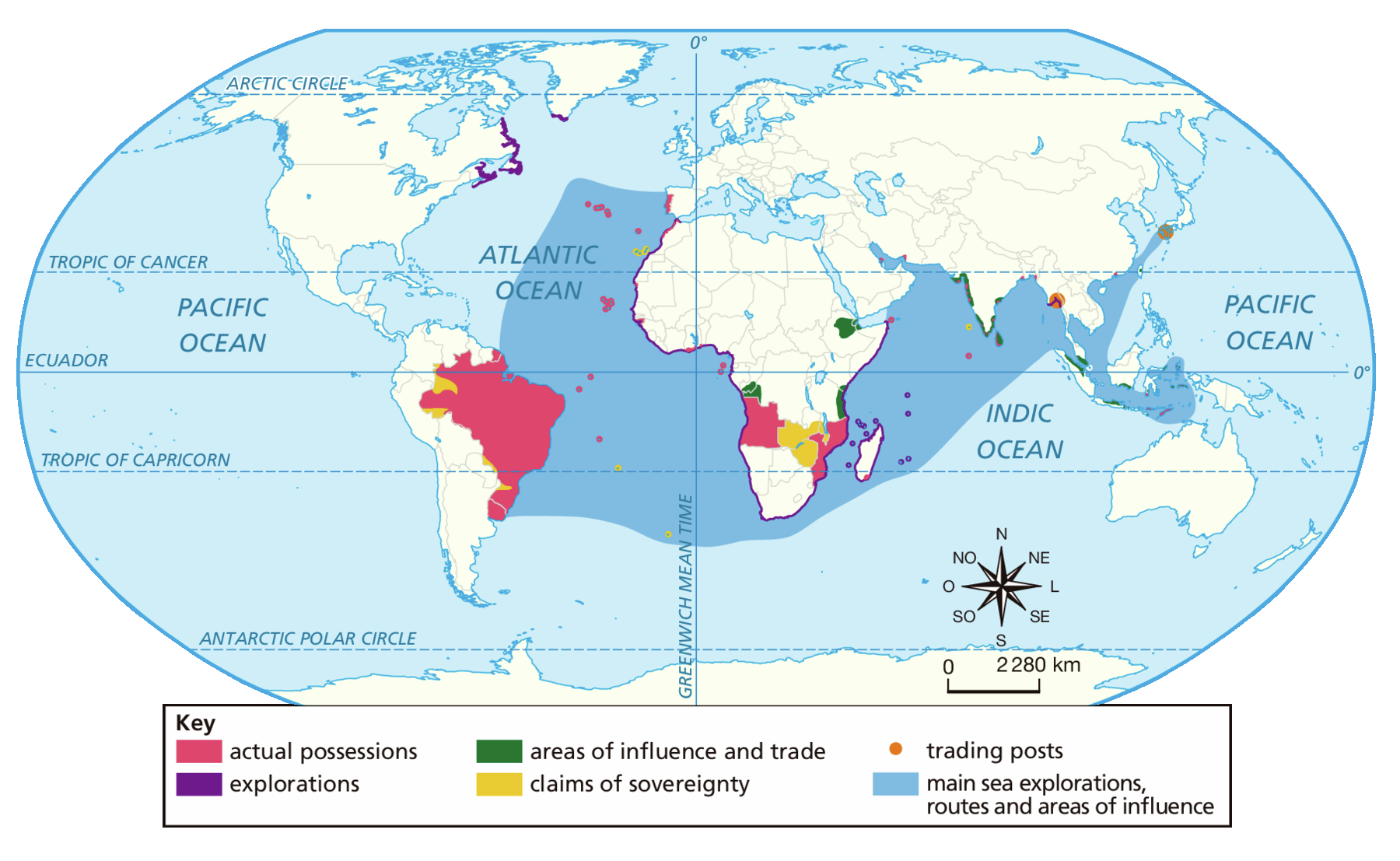
WIKIMEDIA COMMONS./í bê gê É. Diretoria de Geociências, Coordenação de Cartografia.

- umênddois
Cape Verde
Cape Verde is an archipelago, or group of islands, in the Atlantic Ocean. Ruled by Portugal for 500 years, the country gained independence in 1975. Praia, on São Tiago Island, is Cape Verde’s capital and largest city.
Cape Verde lies 385 miles (620 kilometers) west of Africa. It includes 10 islands and five rocky islets. The Windward, or Barlavento, Islands lie to the north of the Leeward, or Sotavento, Islands. The islands are mountainous.
The climate is warm and very dry.
More than two thirds of Cape Verde’s population is Creole, or of mixed African and European roots. Most of the rest of the people are African. The official language is Portuguese, but most people speak a form called Crioulo.
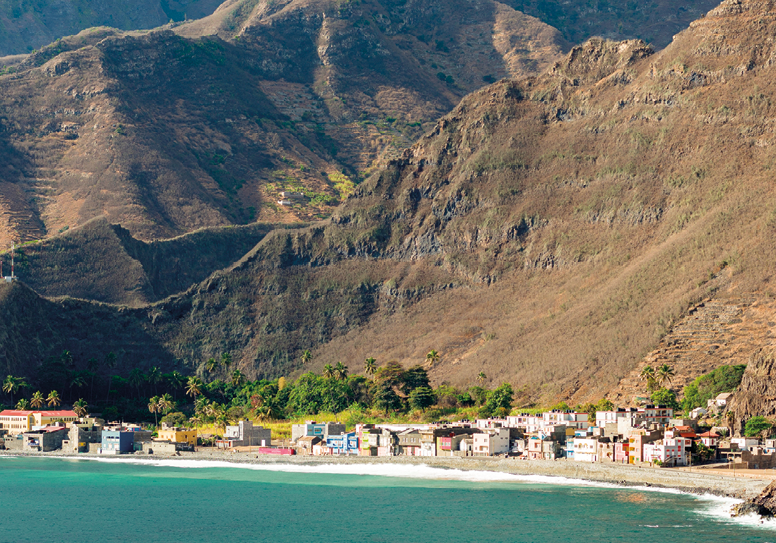
No one lived in Cape Verde until Portuguese settlers landed on São Tiago in 1462. They used the islands in their African slave trade. In 1951, Portugal made Cape Verde a province. All the people of the islands gained Portuguese citizenship in 1961. In 1975, Cape Verde became an independent republic.
CAPE VERDE. In: BRITANNICA Student Encyclopedia.Chicago: Encyclopaedia Britannica, 2010. volume 3, página 33.
II.
A National or Official Language is given a special legal status in a particular polity or other jurisdiction. Typically, a polity’s official/national language refers to the language used within government (e.g., in courts, in legislative bodies, in administration). Since “the means of expression of a people cannot be changed by any law”, the term Official/National language does not typically refer to the language used by a community of people or by a political entity, but by its government.
KAPLAN, R. B. Language Policy/Planning and Language Learning. In: HINKEL, E. editor. Handbook of Research in Second Language Teaching and Learning. New York/Abingdon: Routledge, 2017. volume três, página 17.
- dois
g.



BRITISH EMPIRE OVERVIEW
What are the big questions when we study the history of the British empire?
1. Why should we study the British empire?
The British empire was one of the most important developments in world history. The empire was huge, it lasted a long time and it brought tremendous changes to many parts of the world. For millions of people, the world today is the way it is because of the impact of the British empire.
2. How big was the empire?
At its height, the British empire was the largest in world history. It covered around 25% of the world’s land surface. Large areas of North America, Australia, Africa and Asia were all part of the British empire at one time or other. Other areas, especially in South America, were closely linked to the British empire by trade.
3. How long did it last?
There is a lot of disagreement about when the empire began. Some historians say it was as early as the 12th century, when the Normans moved into Ireland. Others say the start date should be the 1490s, while other historians date the empire from the early 1600s. The end of the empire came in the years after World War 2, with most of Britain’s colonies ruling themselves independently by the late 1960s.
THE NATIONAL ARCHIVES. British Empire Overview. Disponível em: https://oeds.link/VzgFia. Acesso em: 3 maio 2022.
II.
British Empire: Students should be taught colonialism “not all good”, say historians
Dr Andrea Major, associate professor in British colonial history, University of Leeds, is also calling for improved teaching about the British Empire.
There is “a collective amnesia about the levels of violence, exploitation and racism involved in many aspects of imperialism, not to mention the various atrocities and catastrophes that were perpetrated, caused or exacerbated by British colonial policies and actions,” she said.
OWEN, J. British Empire: Students should be taught colonialism ‘not all good’, say historians. The Independent,Londres, 22 janeiro 2016.
- doisum
c.

5.
Origins
How far back do we have to go in order to find the origins of global English? In a sense, the language has always been on the move. As soon as it arrived in England from northern Europe, in the fifth century, it began to spread around the British Isles. It entered parts of Wales, Cornwall, Cumbria and southern Scotland, traditionally the strongholds of the Celtic languages. After the Norman invasion of 1066, many nobles from England fled north to Scotland, where they were made welcome, and eventually the language (in a distinctive Scots variety) spread throughout the Scottish lowlands. From the twelfth century, Anglo-Norman knights were sent across the Irish Sea, and Ireland gradually fell under English rule.
But, compared with later events, these were movements on a very local scale – within the British Isles. The first significant step in the progress of English towards its status as a global language did not take place for another 300 years, towards the end of the sixteenth century. At that time, the number of mother-tongue English speakers in the world is thought to have been between 5 and 7 million, almost all of them living in the British Isles. Between the end of the reign of Elizabeth I (1603) and the beginning of the reign of Elizabeth II (1952), this figure increased almost fiftyfold, to some 250 million, the vast majority living outside the British Isles. Most of these people were, and continue to be, Americans, and it is in sixteenth-century North America that we first find a fresh dimension being added to the history of the language.
CRYSTAL, D. English as a Global Language. segunda ediçãoCambridge: Cambridge University Press, 2003. página 30-31.


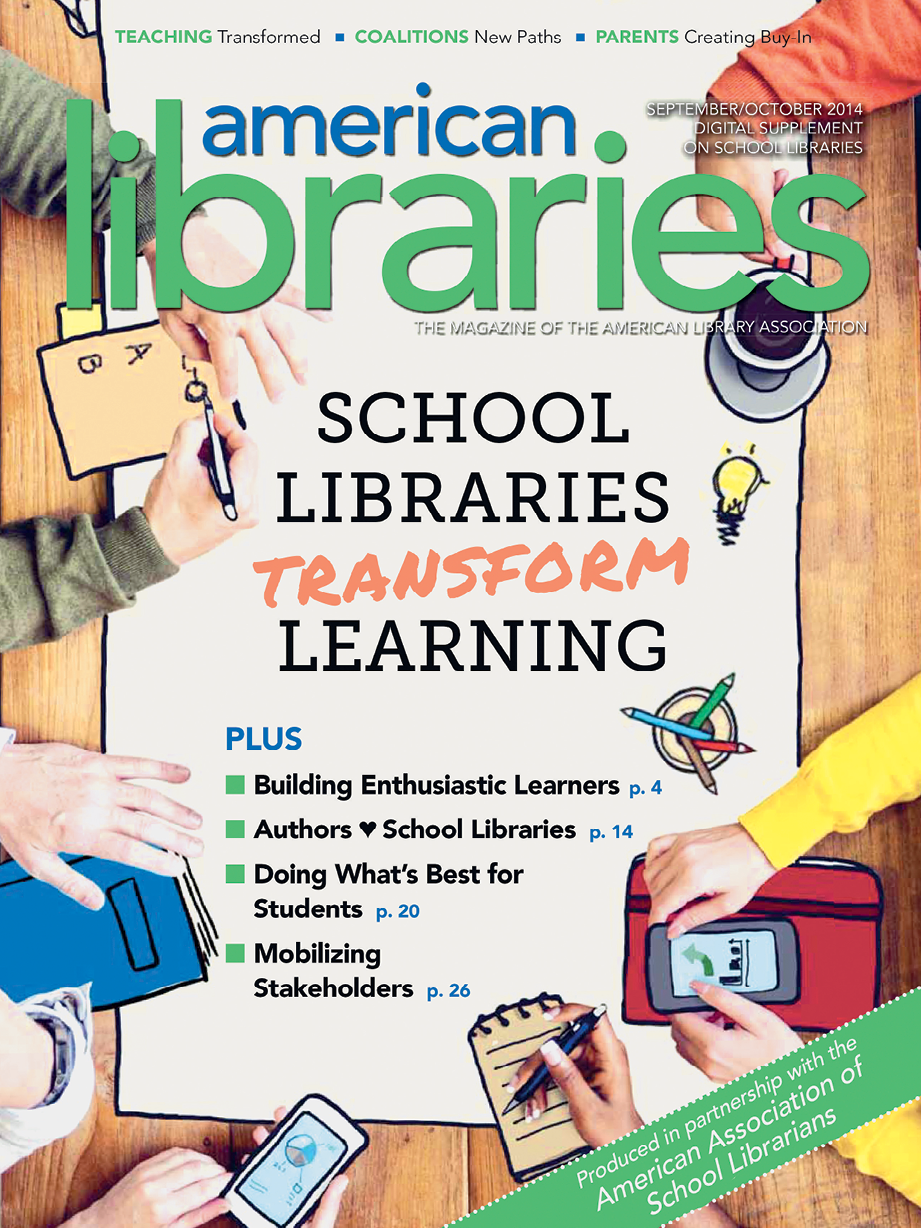
American Libraries, Chicago, 2014.
SEPTEMBER/OCTUBER 2014 DIGITAL SUPPLEMENT ON SCHOOL LIBRARIES
THE MAGAZINE OF THE AMERICAN LIBRARY ASSOCIATION
II.
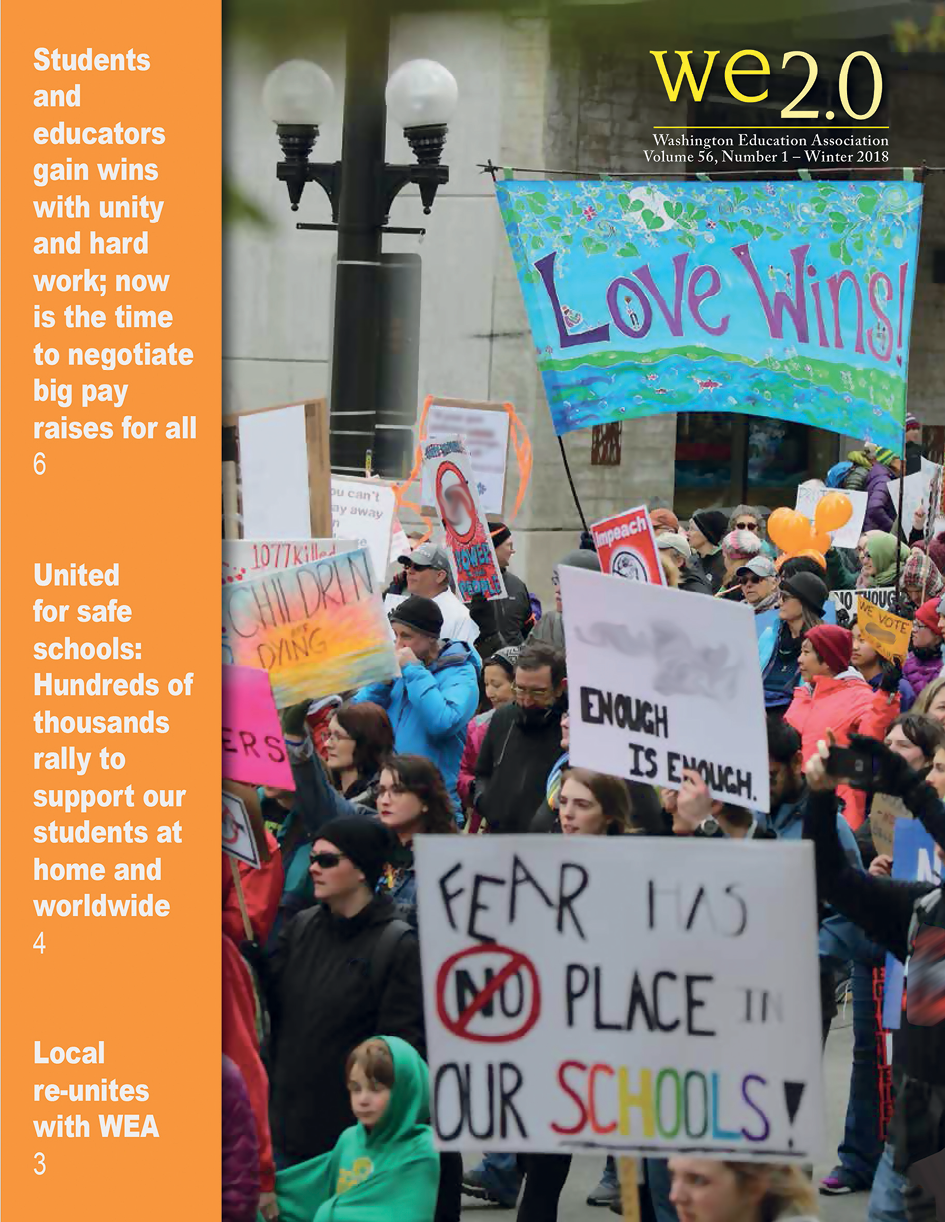
We 2.0, Washington, volume 56, número 1, 2018.
Washington Education Association Volume 56, Number 1 – Winter 2018
FEAR HAS NO PLACE IN OUR SCHOOLS
a.
Versão adaptada acessível
Atividade 7, item a.
Reproduce the following sentences and complete them with the magazines titles.
- espaço para resposta
- espaço para resposta
b. âmérican laibréris
- We 2.0?
- .
e.
pripérin dâ prôujéct
Faça no caderno as questões de resposta escrita.
1.


b.
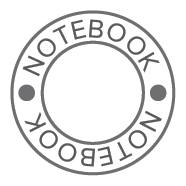
For the written production
What is the final product? A magazine.
What is the discursive genre? Magazine genres, such as article, fact sheet, infographic, interview, letter to the editor, news article and photoreport.
What is the objective? To disseminate knowledge about the expansion of the English language during colonization.
What is the theme? The expansion of the English language during colonization.
At whom is it aimed? At the school community.
How and where is it going to be published? Printed and distributed in the school.
Who is going to participate? The whole class, organized into groups.
What materials/resources are going to be used?

When is it going to be published?


-
- guétin stárted
hénds ón
Faça no caderno as questões de resposta escrita.

-
-
- búks
- uébisaites
- guétin stárted
-


-
- uótdê

4.
c.

Step back

1.

suitable, interesting title;

correct and relevant information;

images relevant to the theme;

texts carefully revised.

2.
djóinin aidías
Faça no caderno as questões de resposta escrita.
